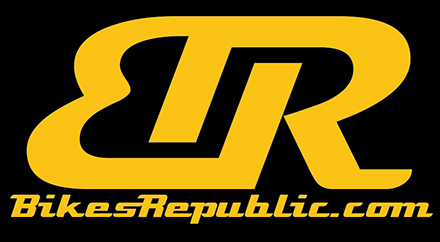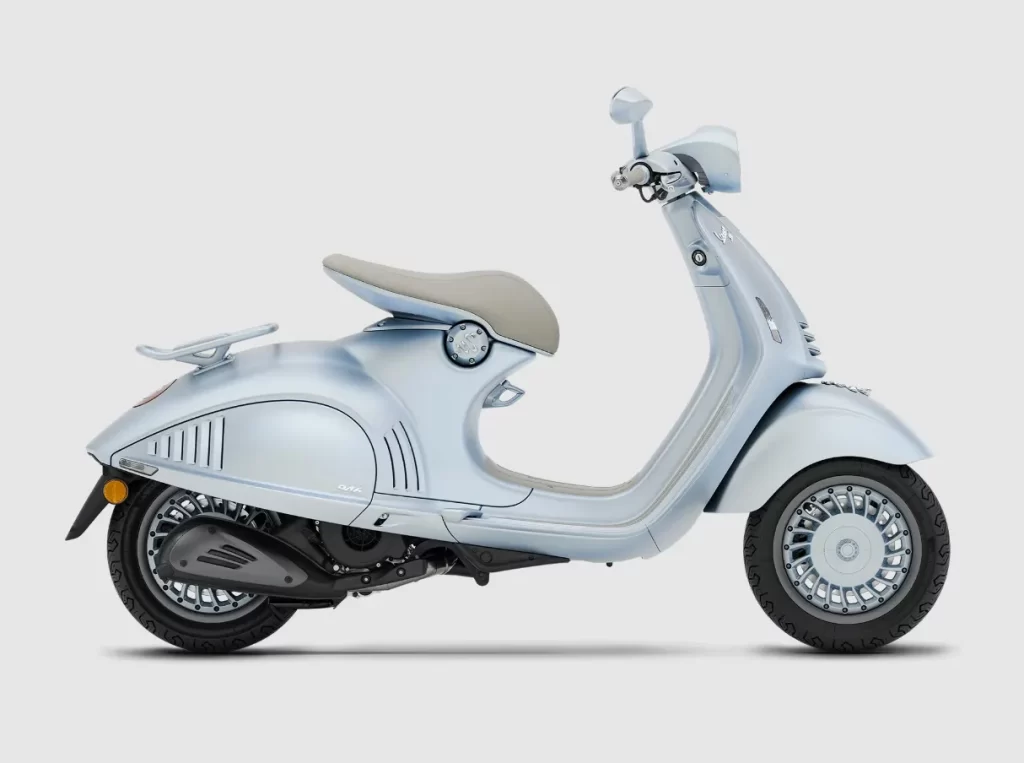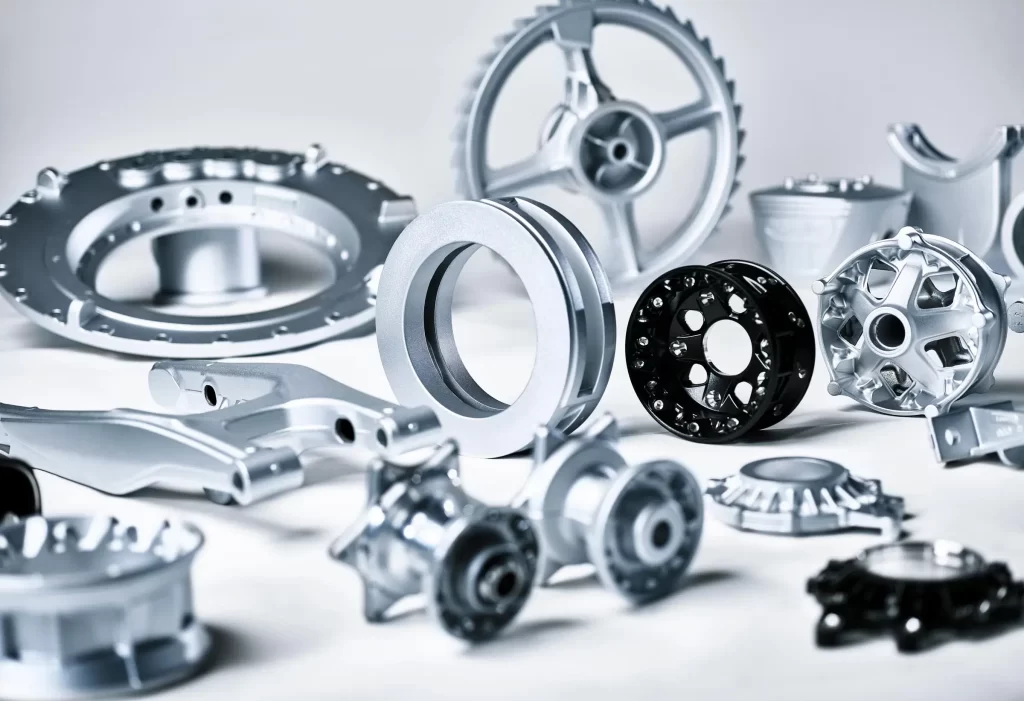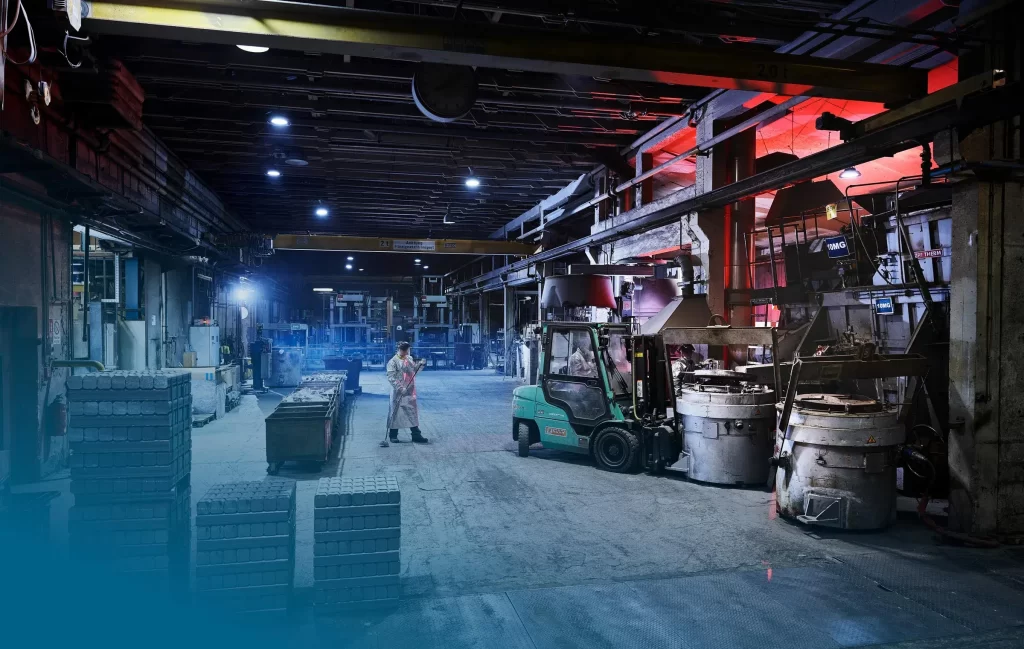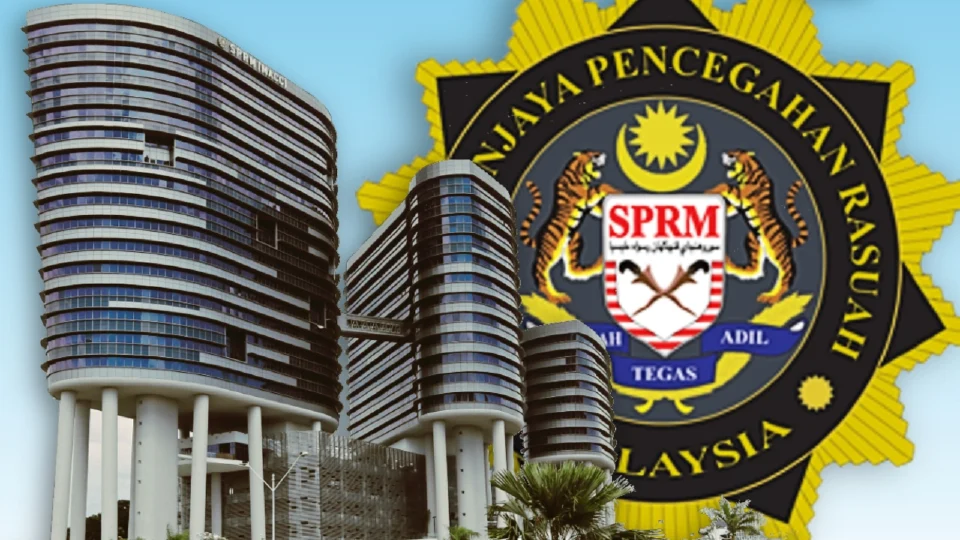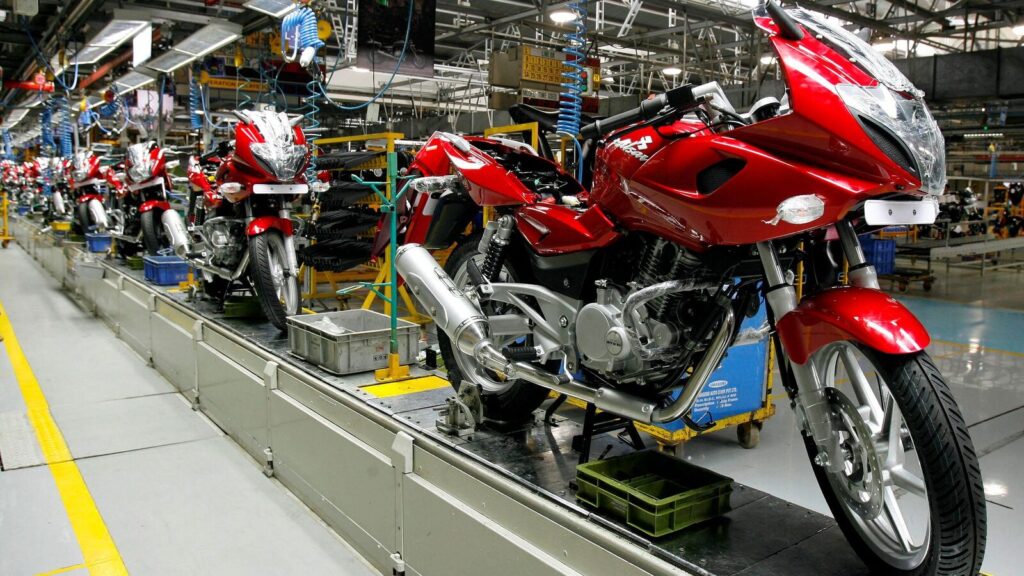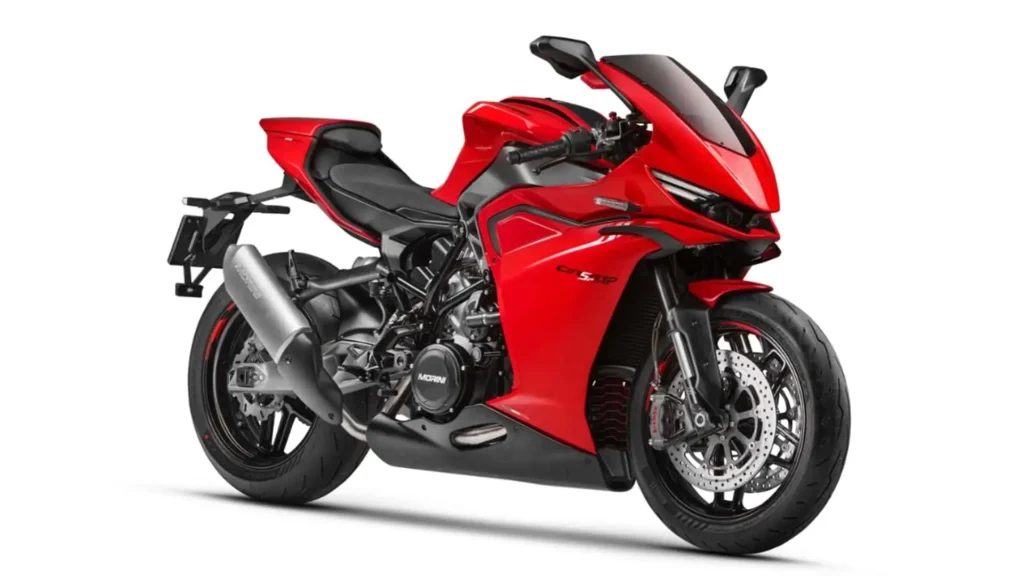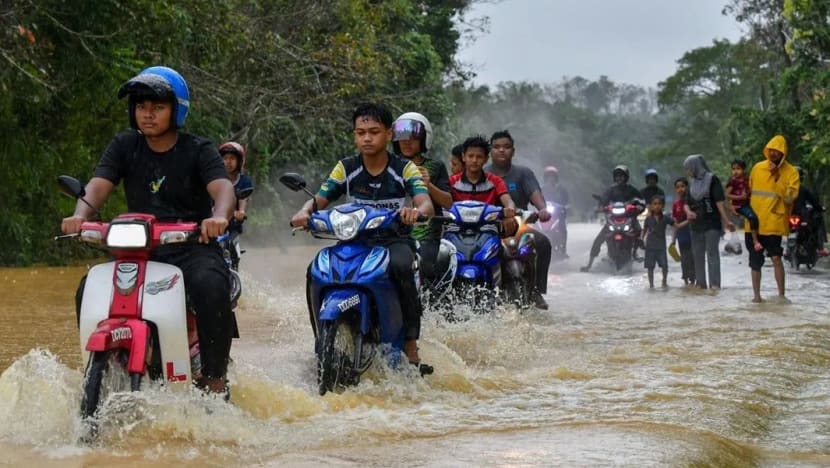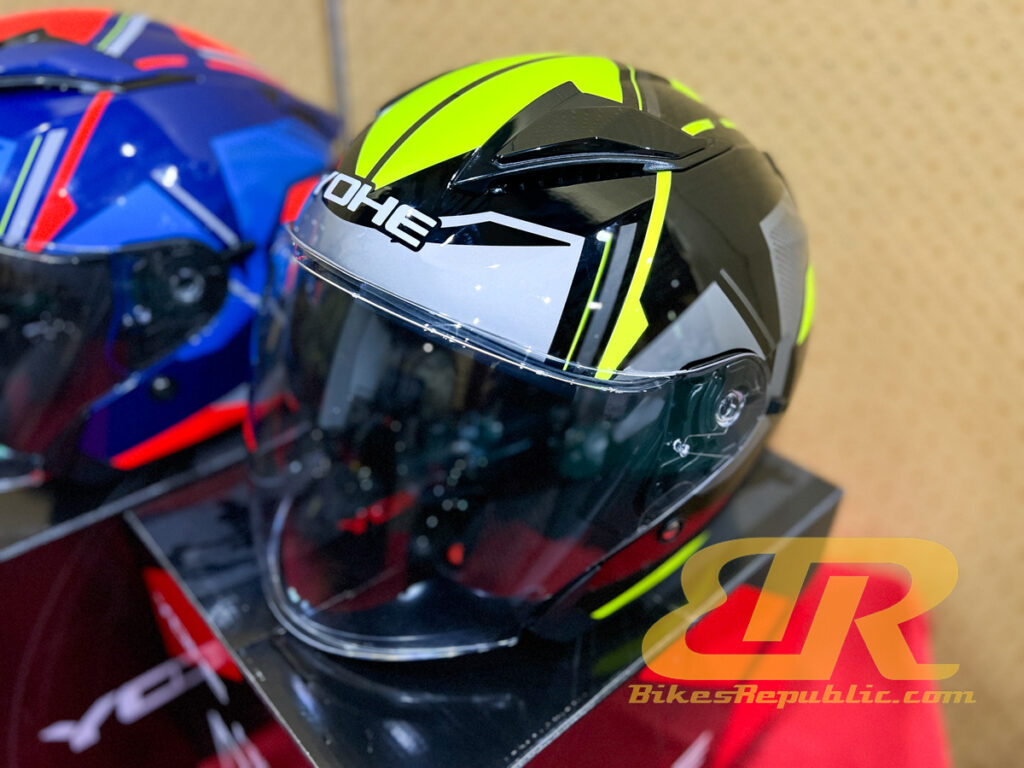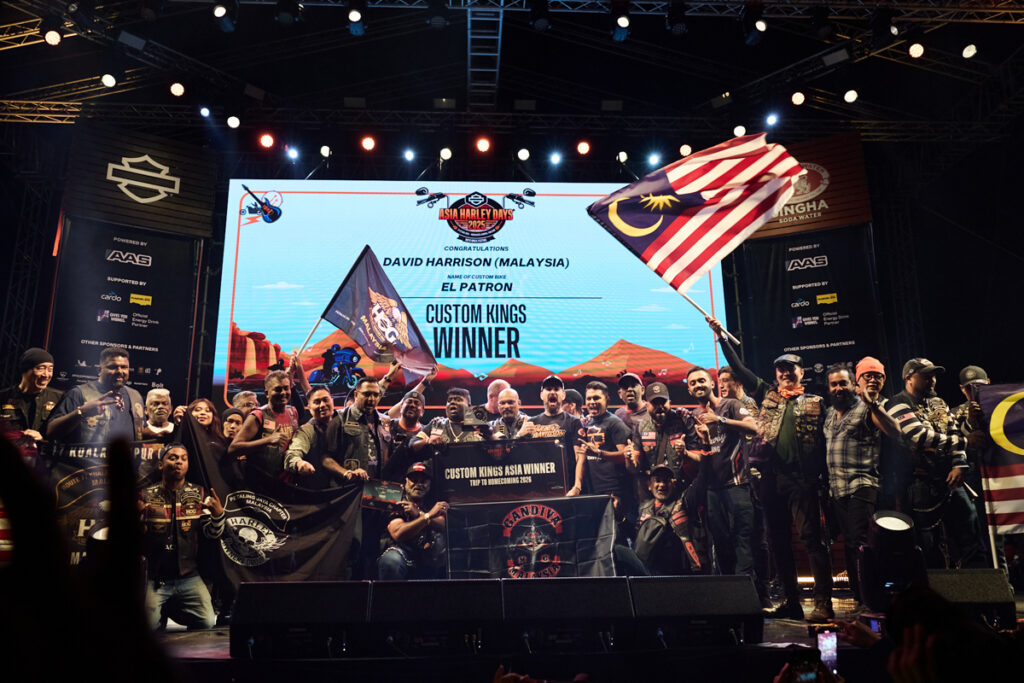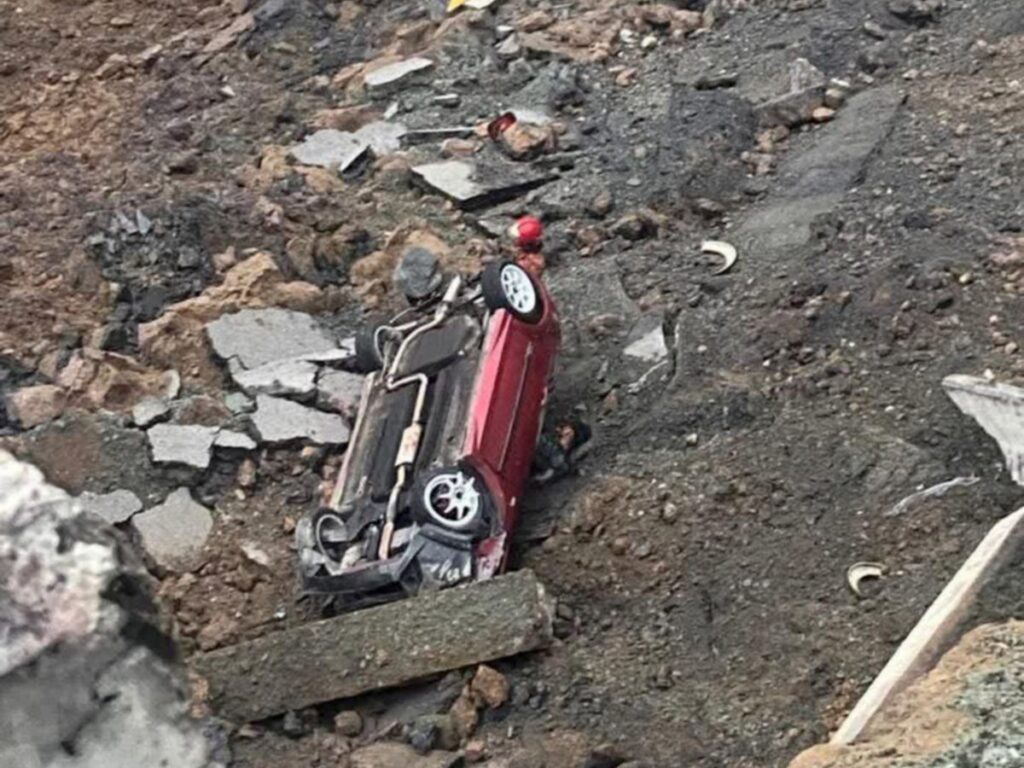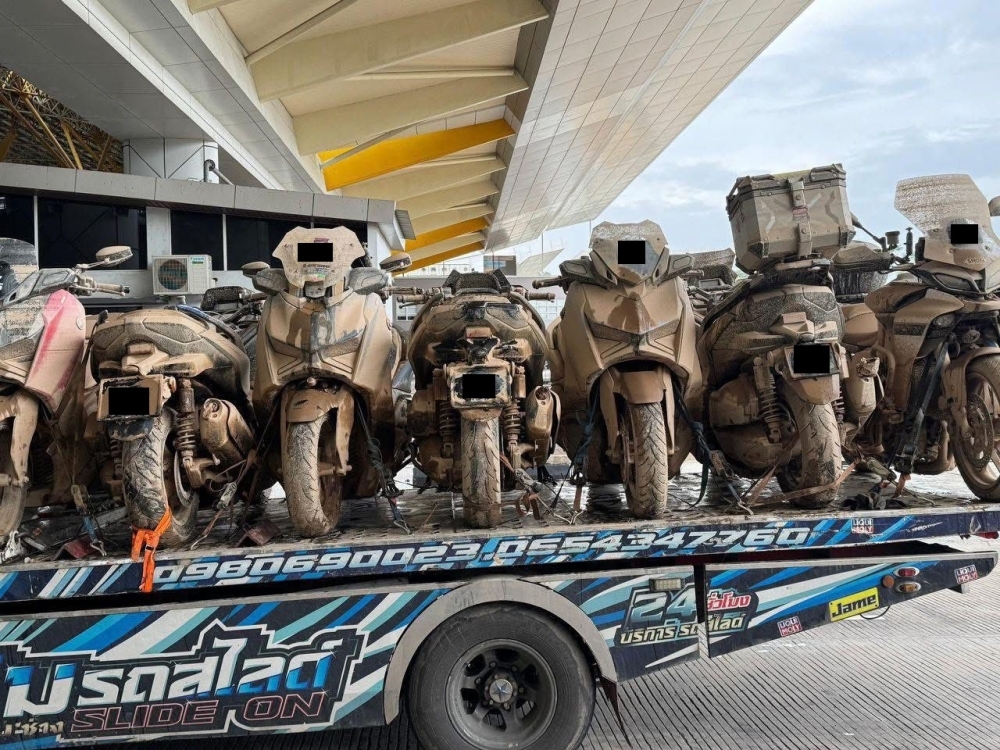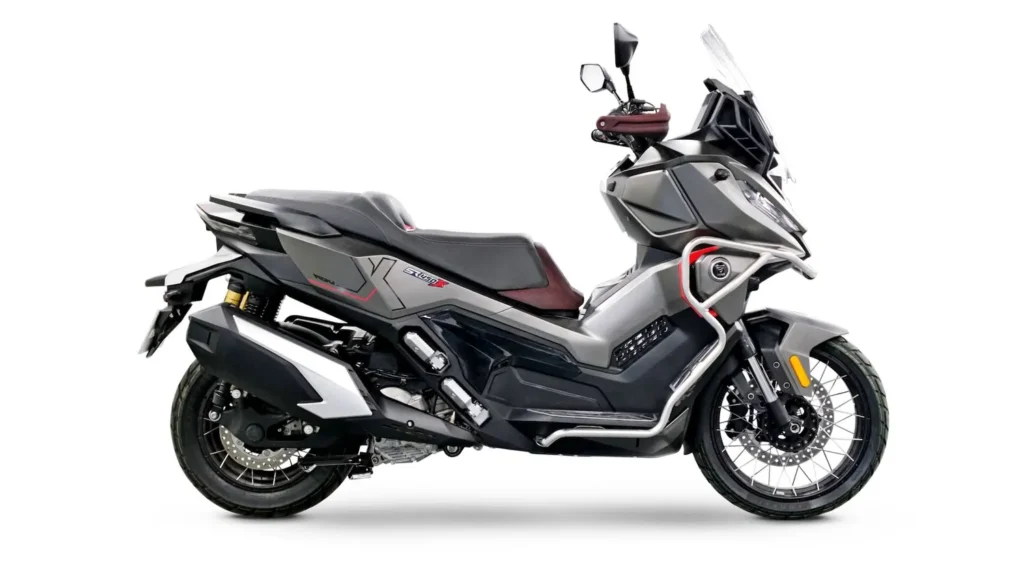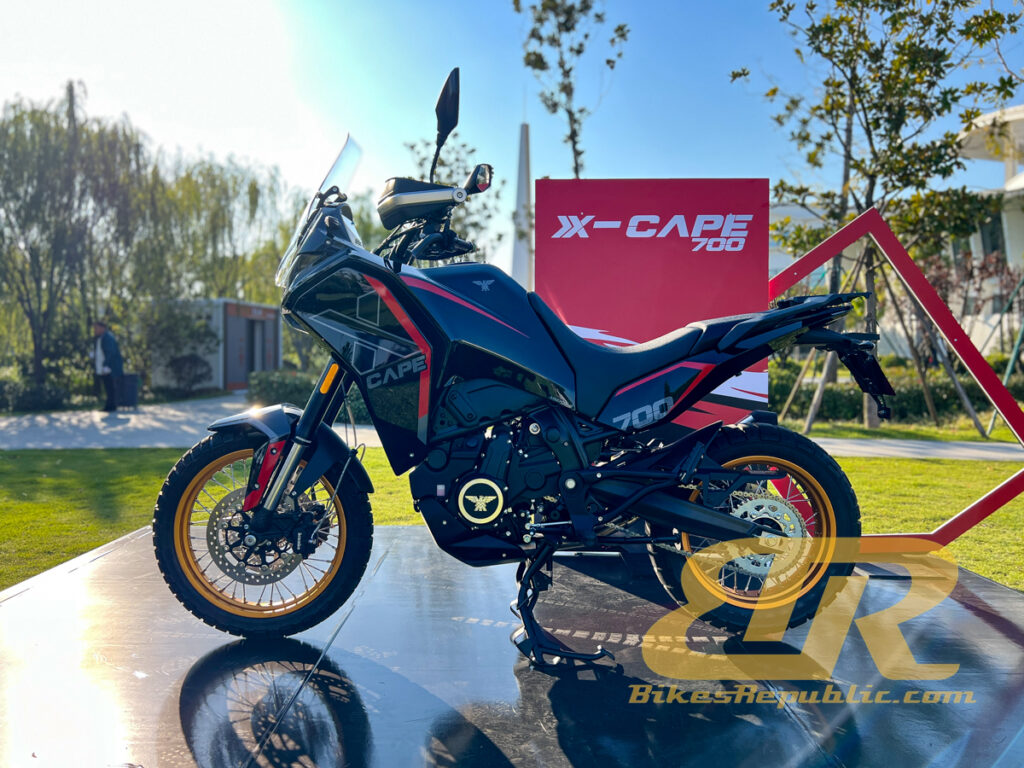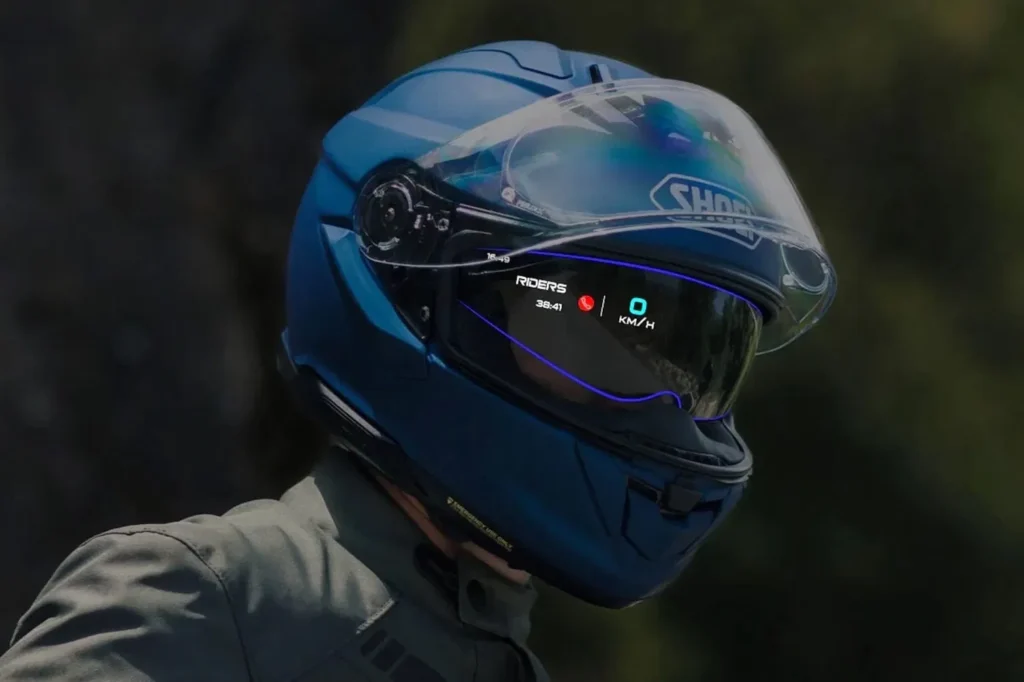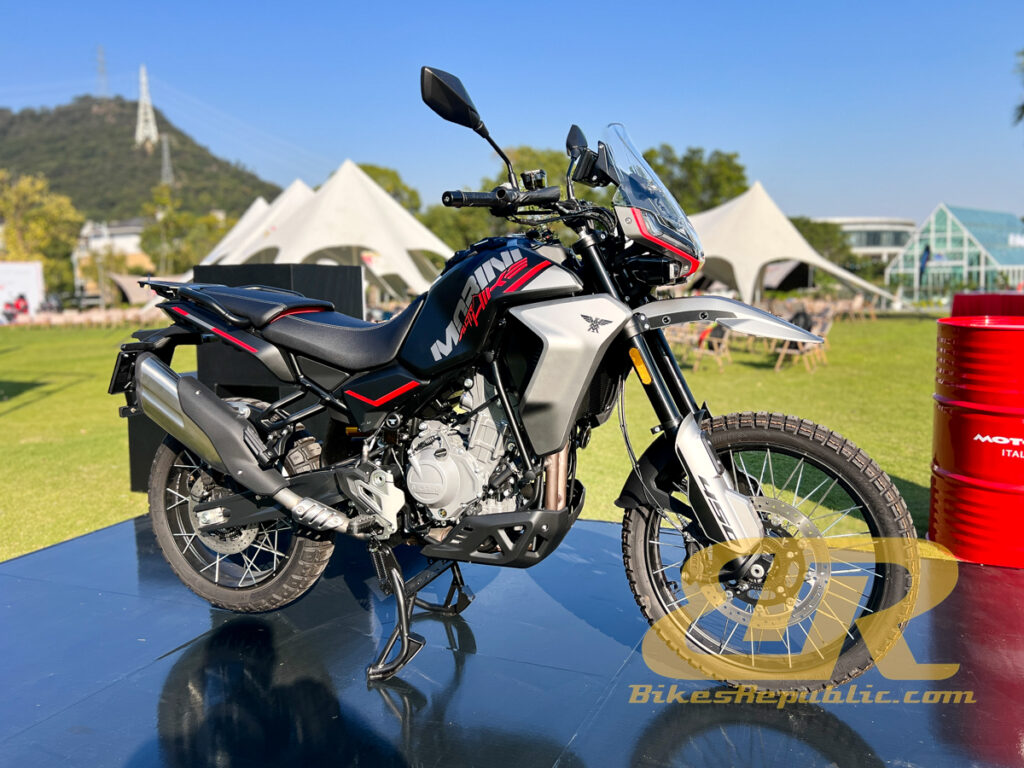The new Vespa 946 Snake limited edition has been launched to celebrate the Lunar Calendar’s Year of the Snake celebration. Vespa had also released the 946 Dragon to celebrate the Year of the Dragon, in 2024. In any case, the Vespa 946 snake is limited to just 888 units.
Vespa says the design is “inspired by icy landscapes”: Simple yet eye-catching, the model features a series of accessories, and has been created with particular attention to design and functionality.

Snake-inspired details are evident in the handlebar grips and the seat, which mirror the reptile’s characteristic skin texture, while there are chrome elements featured across the fuel tank and mudguard to complete the model’s aesthetics.
Additionally, Vespa has a helmet with a removable interior and smoked visor along with a very stylish Bomber jacket specifically made to suit the model. By contrast, the 946 Dragon had a jacket only.

Vespa is planning to implement an international retail strategy through pop-up stores in various locations. The tour for the 946 Snake will begin in Rome, at Rinascente Tritone, followed by Galeries Lafayette on the Champs-Élysées in Paris. This is already ongoing and will end on 5 February. The itinerary also includes stops at flagship stores in Milan, Vienna, Beijing, Istanbul, Bangkok, Singapore, Hanoi, and Jakarta.
Pre-orders for the new Vespa 946 Snake began on 8 January with further information on the official Vespa website.

